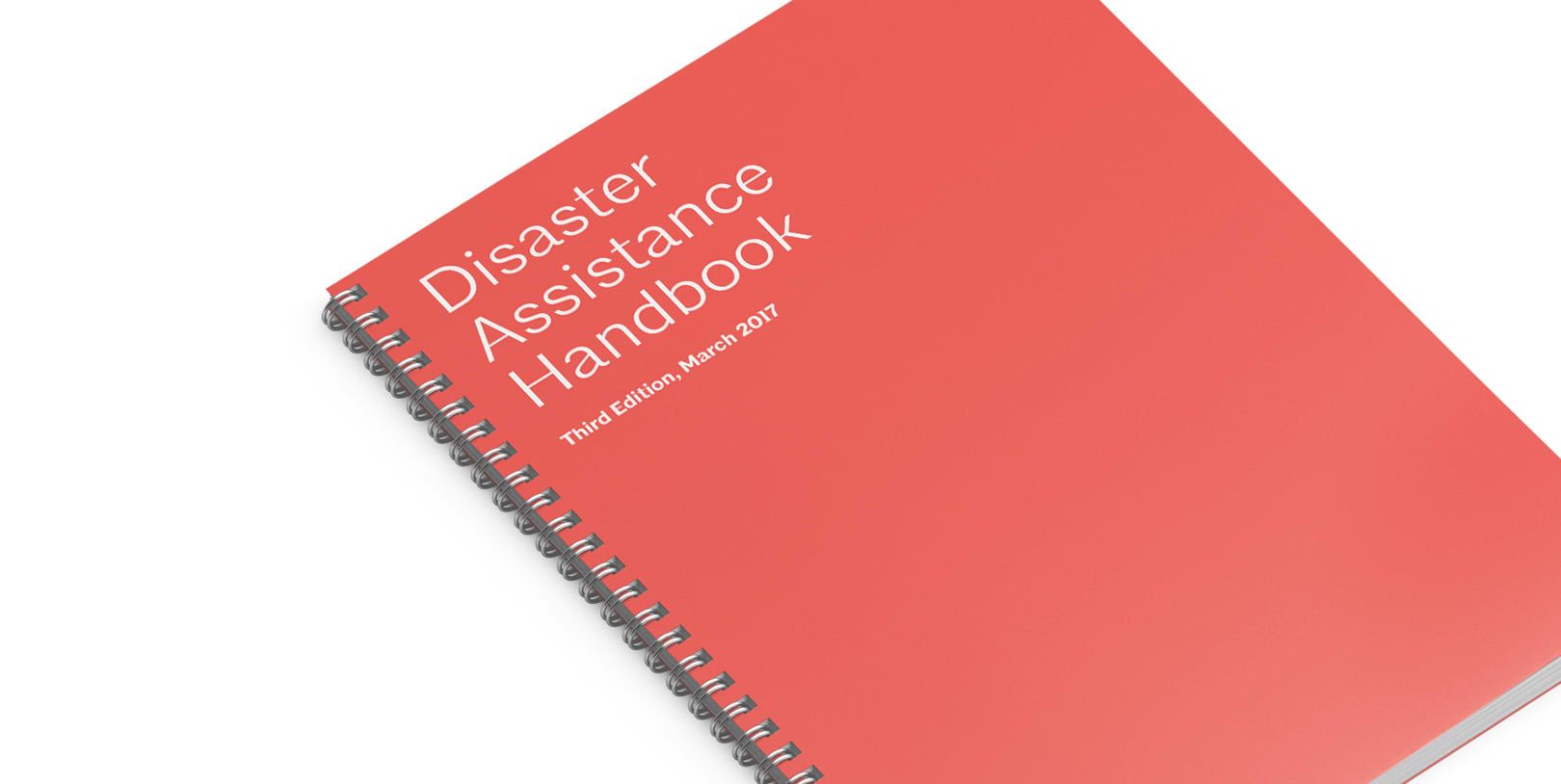
GUN violence in America gets plenty of attention, but cars kill more. Around 40,000 people a year die on American roads, more than all fatalities caused by firearms (of which two-thirds are suicides, not homicides). The death rate in America, around 12 people per 100,000, is more than twice that of western Europe. The grim toll of motor-vehicle deaths is widely seen as unavoidable, given that the United States is a large, sprawling country primarily designed around the automobile. However, around a third of these deaths involved drunk drivers, suggesting that there is, in fact, substantial room for improvement. And fortunately, it appears that the advent of ride-hailing apps like Uber and Lyft has had a welcome impact on road safety.
According to a working paper by Jessica Lynn Peck of the Graduate Centre at the City University of New York, the arrival of Uber to New York City may have helped reduce alcohol-related traffic accidents by 25–35%. Uber was first introduced in the city in May 2011, but did not spread through the rest of the state. The study uses this as a natural experiment. To control for factors unrelated to Uber’s launch such as adverse weather conditions, Ms Peck compares accident rates in each of New York’s five boroughs to those in the counties where Uber was not present, picking those that had the most similar population density and pre-2011 drunk-driving rate.
Read more


















